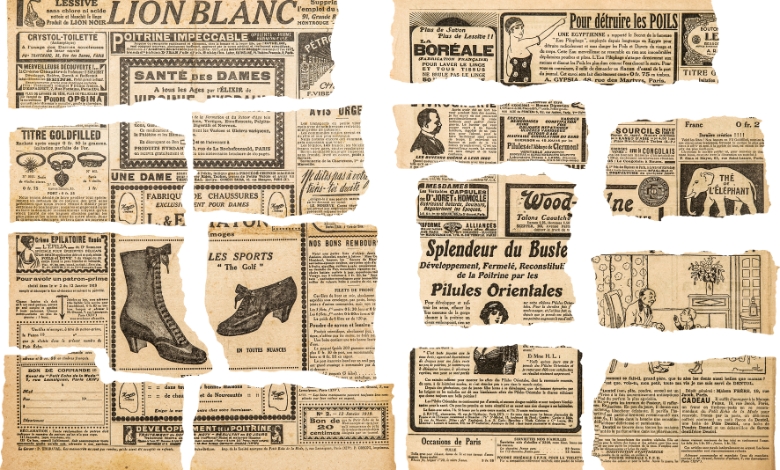Explore the profound impact of Emmett Till’s face in Jet Magazine, a harrowing image that ignited the Civil Rights Movement.
Emmett Till was a 14-year-old Black boy whose brutal lynching in Mississippi in 1955 became a flashpoint in America’s Civil Rights Movement. The image of his disfigured face, courageously published by Jet Magazine, forced the world to confront the harrowing reality of racism in America.
But how did this single photo achieve what countless speeches and protests had struggled to do? Let’s unravel the layers of this historic moment.
What You'll Discover:
The Story Behind the Image
Who Was Emmett Till?
Emmett Till was an ordinary teenager from Chicago who visited family in the deeply segregated South. Like many teenagers, he was full of energy, curiosity, and a sense of humor. However, his life took a tragic turn in August 1955 after a chance encounter with Carolyn Bryant, a white woman.
Accused of whistling at Bryant, Emmett was abducted by her husband, Roy Bryant, and his half-brother, J.W. Milam. What followed was an act of barbarity—Emmett was tortured, shot, and his body dumped in the Tallahatchie River.
The Open-Casket Funeral That Sparked a Movement
When Emmett’s mutilated body was recovered, his mother, Mamie Till-Mobley, made a bold and heartbreaking decision. She insisted on an open-casket funeral, declaring, “Let the world see what they did to my boy.”
Her decision turned Emmett’s face into a symbol of America’s racial violence. The image captured by Jet Magazine became the visual centerpiece of this fight for justice.
Why Jet Magazine Published the Image
In the 1950s, Jet Magazine was a lifeline for the Black community, covering stories ignored by mainstream media. Its decision to publish the graphic photos of Emmett Till’s body was not just bold—it was revolutionary.
This was not sensationalism. It was an act of resistance. By showing the unfiltered truth, Jet Magazine demanded accountability in a way words could not.
The Cultural Ripple Effect
A Nation Forced to Look
The photo shocked the conscience of a nation. For many white Americans, it was a wake-up call to the brutal realities of Jim Crow laws. For Black Americans, it was an affirmation of their lived experiences.
The image’s impact extended beyond borders. Internationally, it highlighted America’s hypocrisy—professing democracy while tolerating racial terrorism.
Sparking the Civil Rights Movement
The Emmett Till photo galvanized leaders and citizens alike. Rosa Parks, often hailed as the mother of the Civil Rights Movement, later admitted that her refusal to give up her seat on that Montgomery bus was inspired by Emmett’s story.
The photo also fueled activism among younger generations. The Student Nonviolent Coordinating Committee (SNCC) and other organizations were birthed from the outrage this image ignited.
The Role of Visual Media in Social Change
The Power of a Single Image
The photo of Emmett Till’s face in Jet Magazine marked a turning point in how visual media could drive social change. Before this, photographs of racial violence were often sanitized or suppressed.
With Emmett’s photo, there was no looking away. The image cut through political debates and moral equivocations, demanding an immediate emotional response.
A Precedent for Modern Activism
Fast-forward to today, and you’ll see how this legacy continues. From videos of police brutality to viral hashtags, visual media remains a cornerstone of activism. But Emmett’s photo was the blueprint—it showed how one image could pierce through apathy and create urgency.
Lessons from Mamie Till-Mobley’s Courage
Mamie Till-Mobley’s decision to display her son’s brutalized face was an act of defiance. It wasn’t just about mourning her son; it was about demanding justice for all victims of racial violence.
Her bravery reminds us of the importance of confronting uncomfortable truths, even when it feels unbearable. It’s a lesson in turning personal tragedy into collective action.
Common Misconceptions About the Emmett Till Case
- “The case ended racism in America.”
While Emmett’s story was pivotal, racism is far from eradicated. The fight for equality continues, as systemic inequities persist in policing, housing, education, and more. - “The image was exploitative.”
On the contrary, Mamie Till-Mobley and Jet Magazine made a conscious choice to prioritize justice over decorum. The image was not meant to shock for shock’s sake but to confront denial and demand accountability.
Key Takings
- Emmett Till’s face in Jet Magazine became a powerful catalyst for the Civil Rights Movement.
- Mamie Till-Mobley’s decision to hold an open-casket funeral was an act of courage and defiance.
- Visual media, starting with Emmett’s photo, continues to play a critical role in activism.
- The image shattered misconceptions about the realities of racism, forcing America to face its dark truths.
- While the image sparked change, it’s a reminder that the fight for justice and equality is ongoing.





